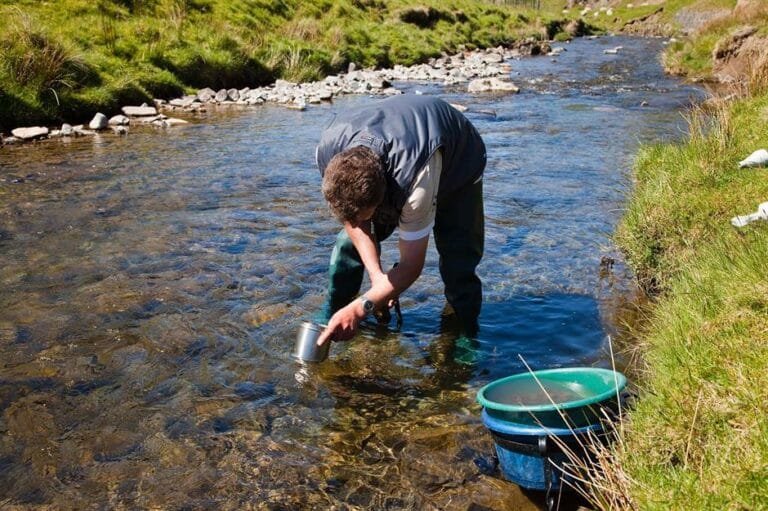Spain – No one would have imagined that a simple kitchen tool, usually used for cooking soup, would one day become a tool for prospecting for gold! But that’s exactly what happened after the announcement of the discovery of what the media dubbed the “River of Gold” in northern Spain. There, the shiny granules caught the attention of residents and researchers. The “pot prospecting” method has once again come into the spotlight.
The method, which dates back centuries, relies on a simple principle. The process involves filling a pot with river sand and swishing it around in a slow, circular motion with water. This movement causes impurities to dissolve, leaving heavy particles, such as gold particles, at the bottom. Despite its simplicity, it generated enormous fortunes during the “gold rush” eras in America and Australia.
As interest in the Spanish discovery grew, the media rushed to cover scenes of citizens trying their luck on the river’s banks. At the same time, local authorities warned against indiscriminate excavation for the sake of environmental protection.
Geologists believe the sparkle that sparked the controversy may be the result of natural deposits. They emphasize that the apparent quantities do not necessarily indicate the presence of a massive gold mine. However, they do not rule out the possibility that the river harbors even greater surprises.
One researcher sarcastically comments: “Spain is no longer looking for treasures from the past in sunken ships, but in floating pots!” — referring to the gold rush that struck everyone after the discovery of the magical river.















